When it comes to bands that amassed critical acclaim in the 70s and 80s, Roxy Music ranks way up there. Music writers fell all over themselves in praising the British band. They fearlessly broke new artistic ground with each new release.
Videos by American Songwriter
Roxy Music did indeed find their way onto the British charts early and often. But it took a dance-floor-friendly track that changed drastically from its conception to charm the US pop music world.
Raves for Roxy
Bryan Ferry began the process of forming the outfit that would become Roxy Music in late 1970 after losing his teaching job. The pieces that fell into place were an eclectic bunch, mostly unified by the fact that they came at traditional pop and rock music from slightly askew angles.
In 1972, their self-titled debut album arrived and made an immediate splash on British audiences. The strutting lead single, “Virginia Plain”, shot right to the Top 5 in the UK. A year later, their third album, Stranded, topped the British albums chart.
Music history is littered with buzzy British bands that couldn’t find much commercial footing in the US without a hit single that crossed the ocean. Roxy Music enjoyed four Top 15 hits in the UK over their first four albums. But none of them made any impact in America, even as influential rock critics gave them rave reviews.
To the Dance Floor
By the time Roxy Music finally did enjoy their first hit single in America, Brian Eno, who would become an influential solo artist and extremely successful producer, had come and gone. Eno left the fold after their second album. But that didn’t slow their momentum, as Ferry and his forward-thinking cohorts continued their hot streak.
For their 1975 album, Siren, Roxy Music worked with producer Chris Thomas. Thomas helped them to streamline their sound just a bit and aim it towards the dance floor. A prime example was the lead single, which was initially written by Andy MacKay as more of a slow, sauntering musical number.
When the band got hold of it in the studio, they revved up the pace. John Gustafson, who wasn’t an official member of the group but often played on their records, came up with an inventive bass part that rumbled below the flashier elements, such as MacKay’s saxophone.
Ferry took charge of the lyrics. Since the music had some wiggle to it, he imagined the song coming from the perspective of a guy about to hit a dance club. The opening lines (“T’ain’t no big thing/To wait for the bell to ring”) were inspired by a friend of Ferry’s who hailed from Trinidad and often used a similar expression.
Addicted to “Love”
The finished song was titled “Love Is The Drug”. Ferry lorded over the moodily danceable track with his unaffected cool. And, for the first time, American audiences lapped it up. The song hit No. 30 on the US pop charts.
Roxy Music kept changing its musical attack angles during the remainder of its time together, eventually settling into a mellower, lounge-pop groove as the 80s dawned. They very nearly reached the US Top 40 again in 1979 with “Dance Away”, but came up just short at No. 44.
They called it a day after their 1982 album Avalon, as Bryan Ferry focused on a solo career that he had begun even while the band was still in effect. You can never measure Roxy Music’s impact by their US chart success. At least “Love Is The Drug” briefly brought their mesmerizing mix to AM radio.
Photo by Ellen Poppinga – K & K/Redferns

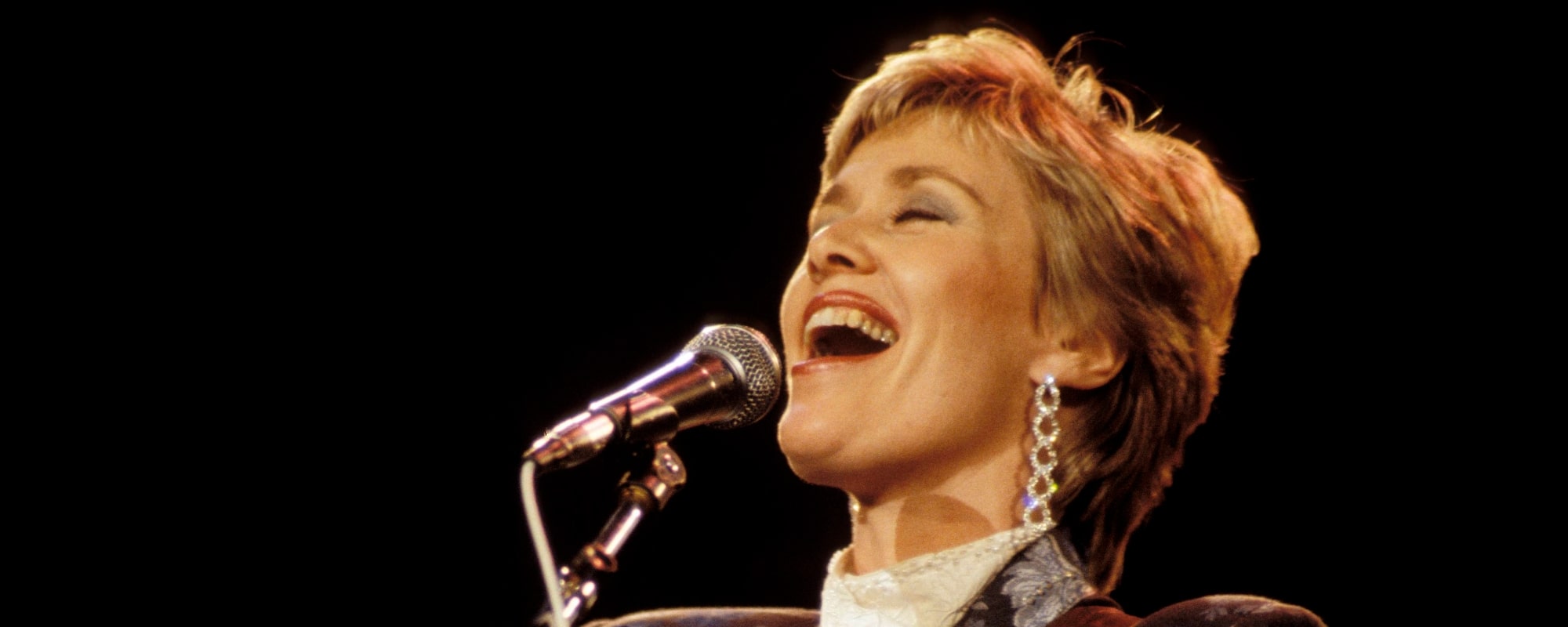
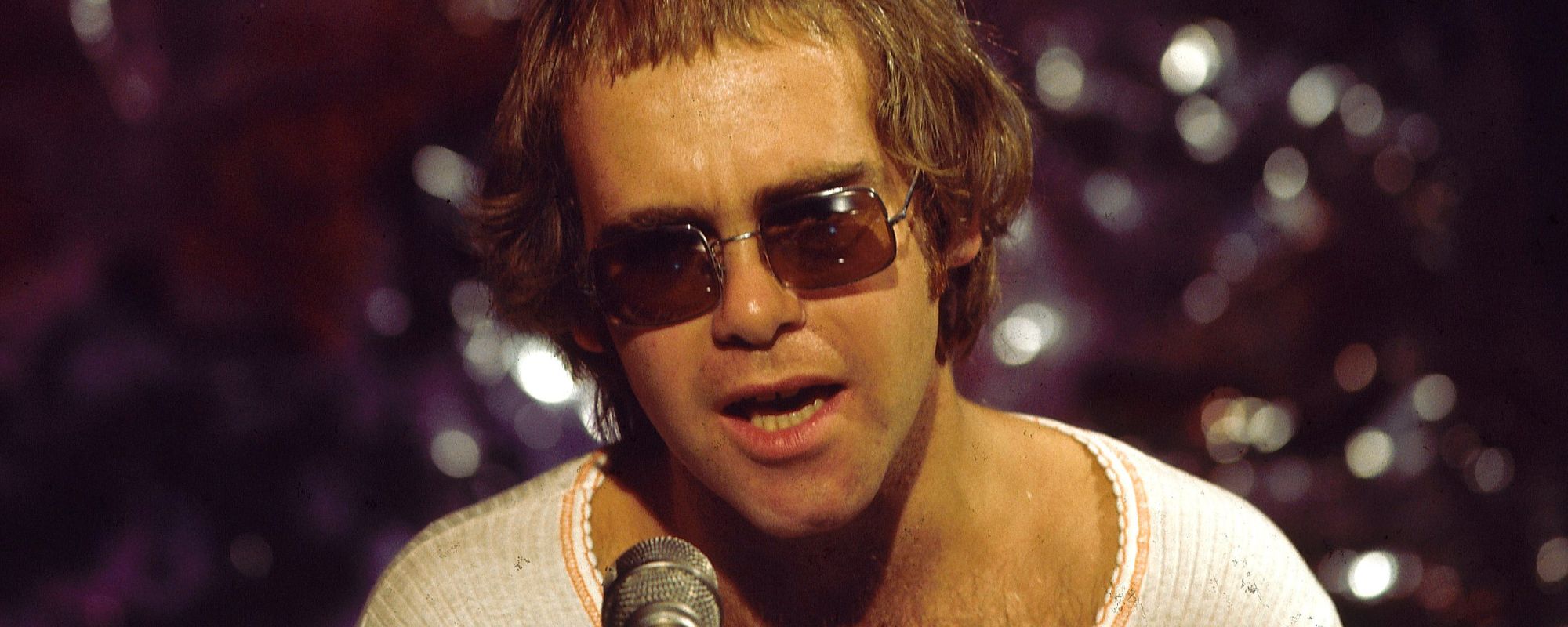
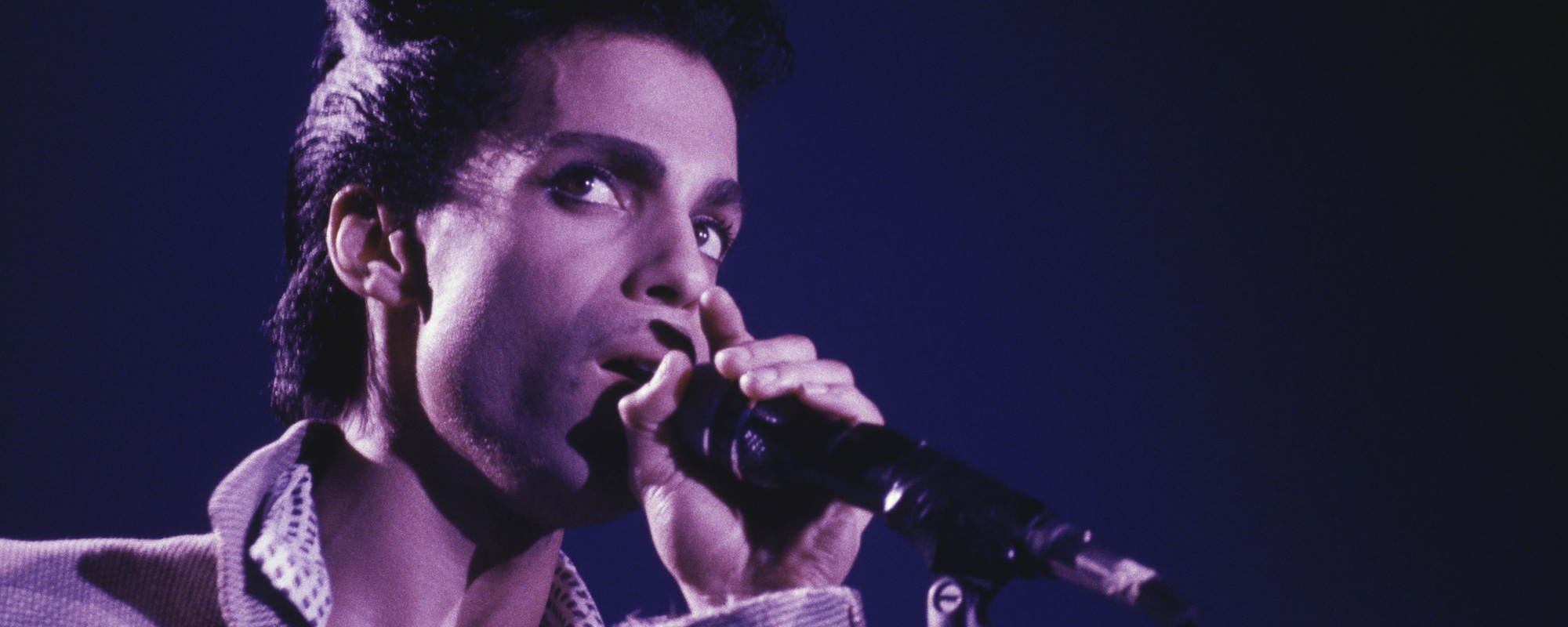

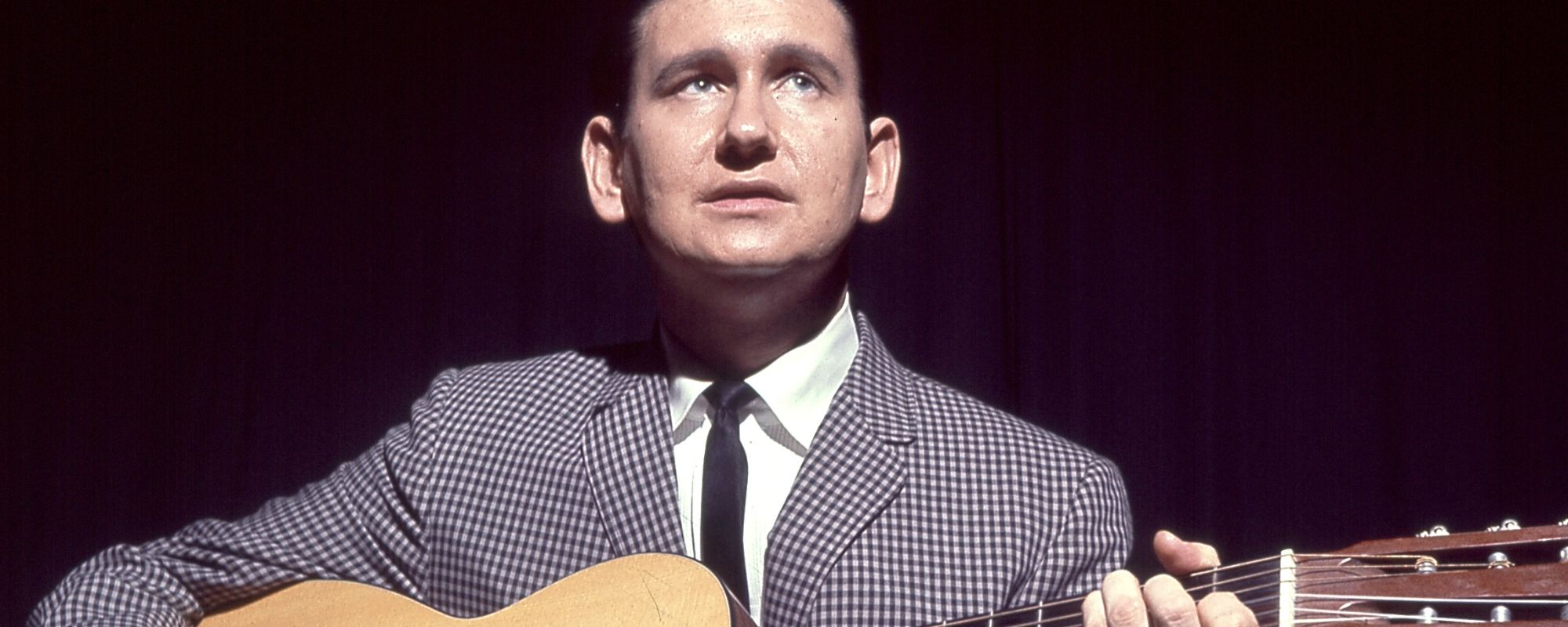
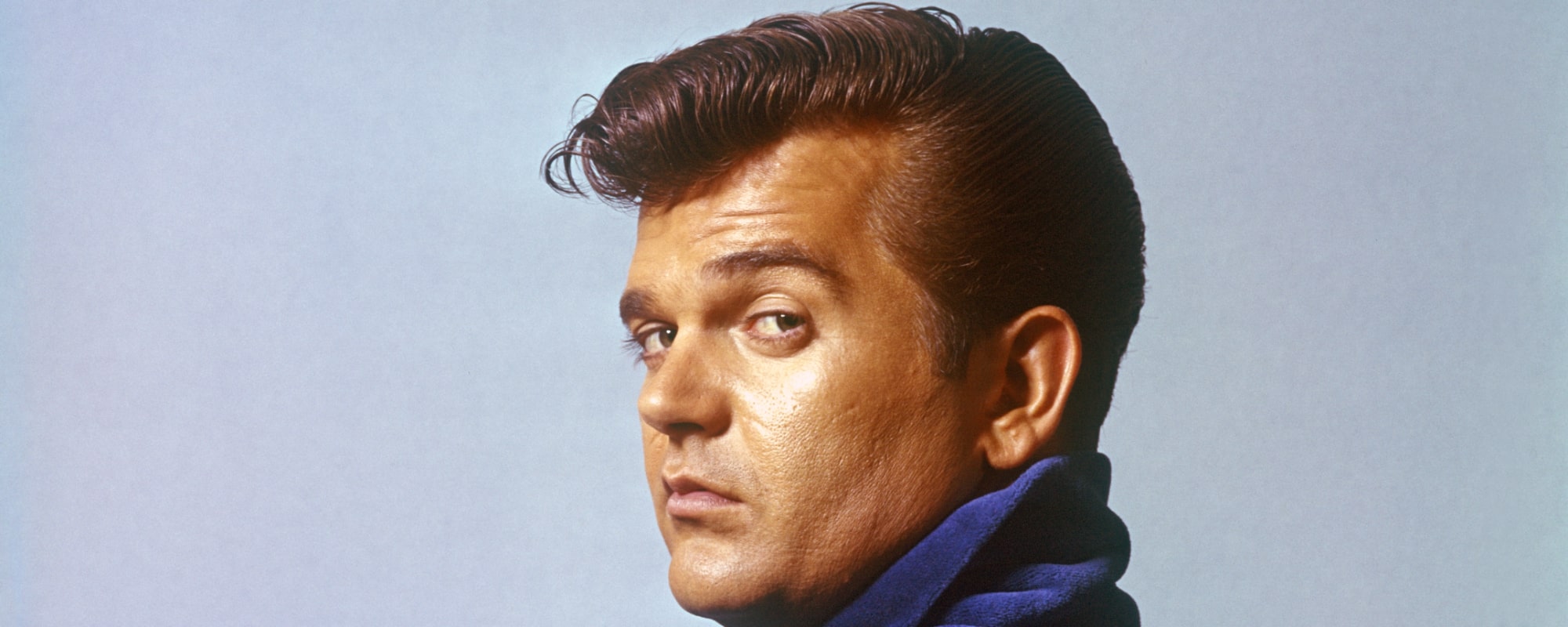
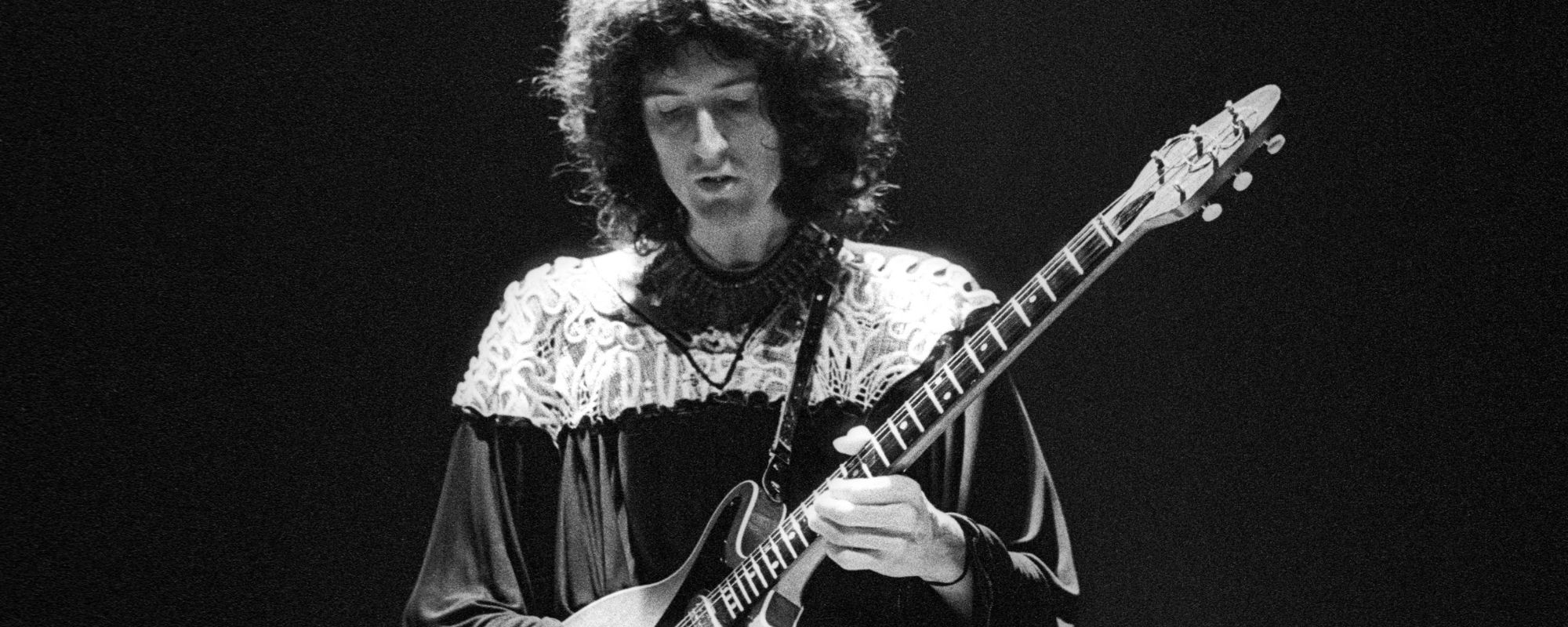
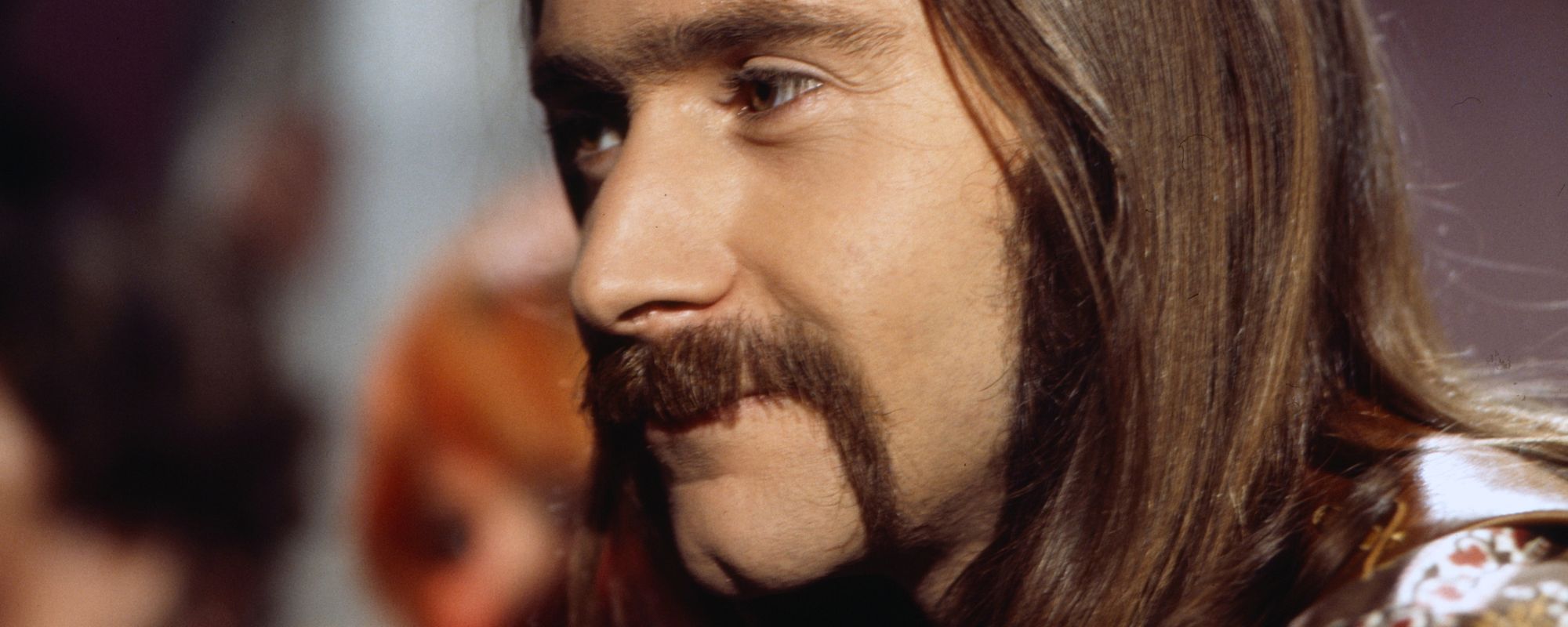
Leave a Reply
Only members can comment. Become a member. Already a member? Log in.